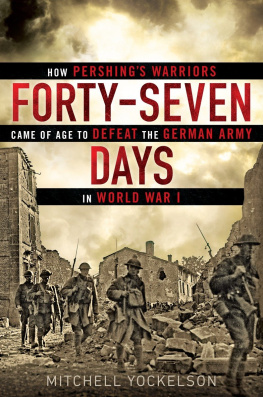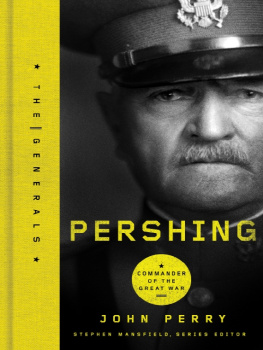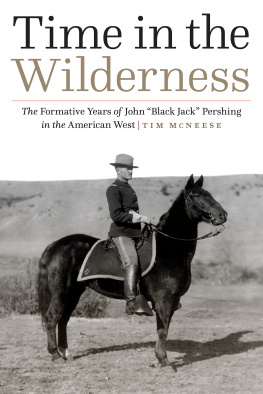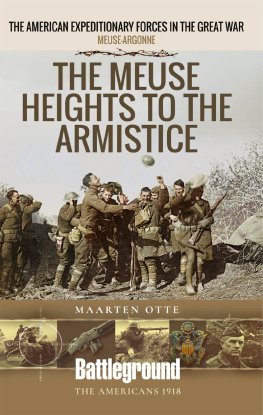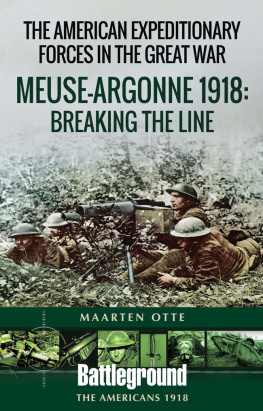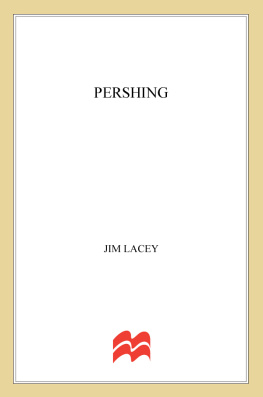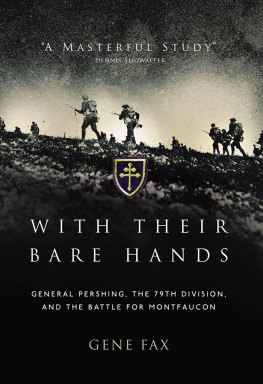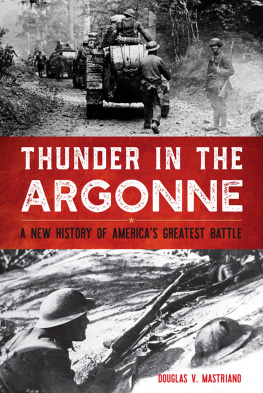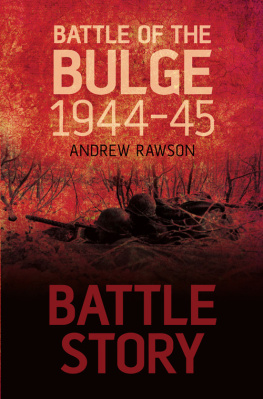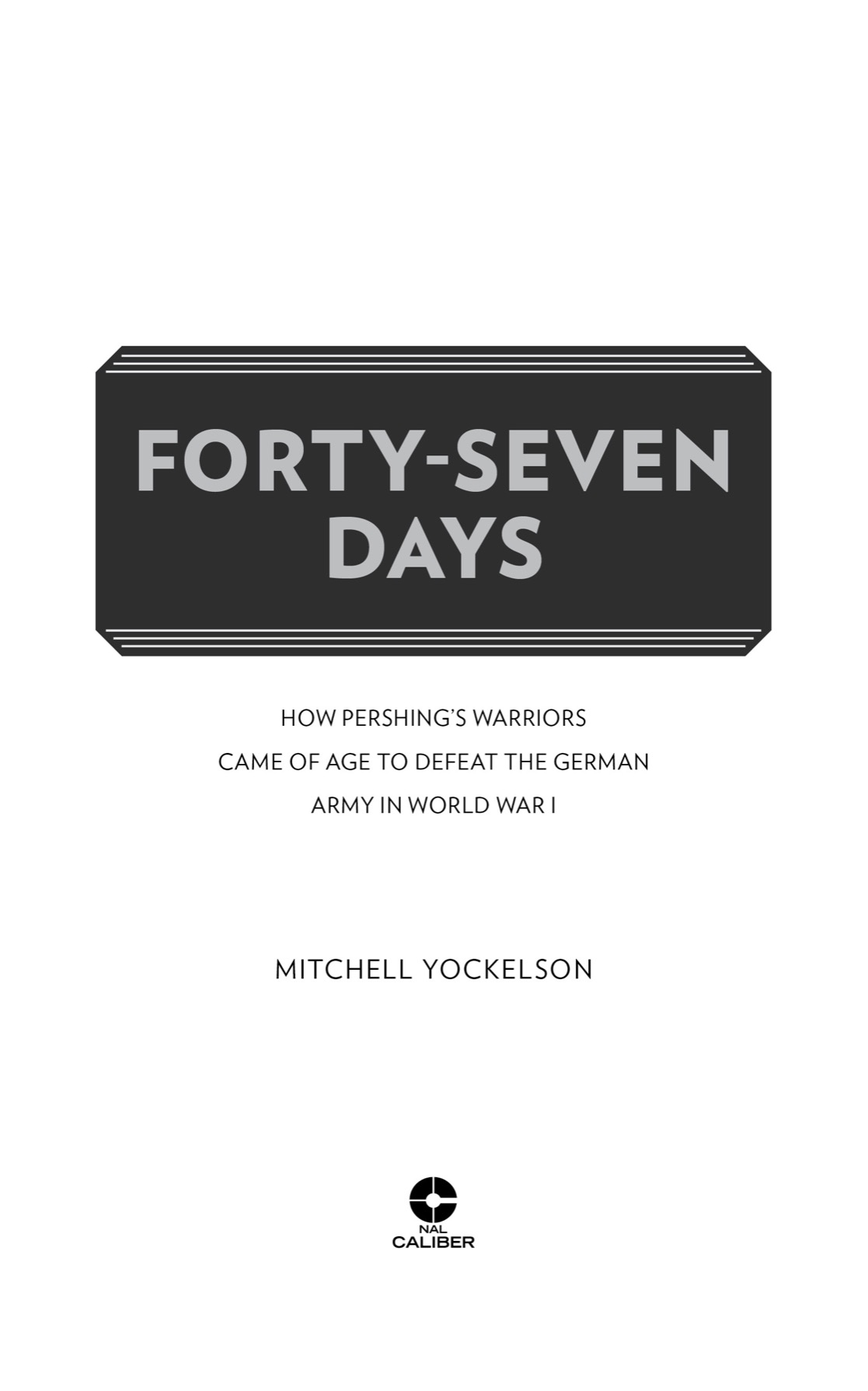
NAL CALIBER
Published by New American Library,
an imprint of Penguin Random House LLC
375 Hudson Street, New York, New York 10014
This book is an original publication of New American Library.
Copyright Mitchell Yockelson, 2016
Maps by Chris Robinson
Penguin Random House supports copyright. Copyright fuels creativity, encourages diverse voices, promotes free speech, and creates a vibrant culture. Thank you for buying an authorized edition of this book and for complying with copyright laws by not reproducing, scanning, or distributing any part of it in any form without permission. You are supporting writers and allowing Penguin Random House to continue to publish books for every reader.
NAL Caliber and the NAL Caliber colophon are trademarks of Penguin Random House LLC.
For more information about Penguin Random House, visit penguin.com.
eBook ISBN: 978-0-698-13826-1
LIBRARY OF CONGRESS CATALOGING-IN-PUBLICATION DATA:
Names: Yockelson, Mitchell A., 1962 author.
Title: Forty-seven days: how Pershings warriors came of age to defeat the German Army in World War I/Mitchell Yockelson.
Description: New York, New York: New American Library, 2016.
Identifiers: LCCN 2015039121 | ISBN 9780451466952
Subjects: LCSH: World War, 19141918United States. | United States. Army. American Expeditionary Forces. | World War, 19141918CampaignsWestern
Front.
Classification: LCC D570 .Y63 2016 | DDC 940.4/34dc23
LC record available at http://lccn.loc.gov/2015039121
Designed by Tiffany Estreicher
PUBLISHERS NOTE
While the author has made every effort to provide accurate telephone numbers and Internet addresses at the time of publication, neither the publisher nor the author assumes any responsibility for errors, or for changes that occur after publication. Further, publisher does not have any control over and does not assume any responsibility for author or third-party Web sites or their content.

Version_1
To the memory of John S. D. Eisenhower Soldier, Diplomat, Historian, Friend
PROLOGUE
SEPTEMBER 25, 1918 FRANCE
A s darkness fell upon the Argonne Forest, Sergeant Cesar Santini steered his khaki Cadillac along the rain-slicked, shell-pocked Fleury-Varennes Road. German artillery fire lit up the evening sky, and although none of the projectiles hit the automobile directly, shrapnel dented its roof. With the enemy dangerously close, Santini and the orderly seated next to him were prepared for the worst. Both men carried sidearms, and a rifle was strapped on one side of the car. The Cadillac was equipped with several blankets and supplemental fuel tanks, which held forty-two gallons of gasoline. A bag filled with gas masks and helmets was tied to the roof, within easy reach outside the orderlys window.
Santini was born in Digne, France, but was raised in New York City by Italian immigrant parents. He had joined the Army at Governors Island in spring 1917 at the age of thirty-five, requesting an assignment as either a driver or engineer. A driver who spoke French was a greater asset to the American Expeditionary Forces (AEF), so Santini was ordered to the Quartermaster Corps and his name was placed on the Baltics passenger manifest. When temporary AEF headquarters were set up in Paris during the middle of June, Santini was assigned as the commander in chiefs main driver.
Four white stars decorated the Cadillacs windshield in front of Santinis steering wheel, and to anyone who caught a glimpse of the car, they signified that the passenger in the backseat was none other than General John J. Pershing, commander in chief of the American Expeditionary Forces.
Lieutenant Colonel George S. Patton had seen the AEF commander that evening. Patton and several other men from his tank brigade were hunkered down in ditches by the side of the road, waiting for the heavy concentration of German artillery to finish, when Pershings car drove by. Moved by a single impulse we all rose, Patton recorded in his diary, and, regardless of the shells, stood at salute as he passed us.
The future World War II hero knew Pershing well. Less than two years before, Patton had served as one of Pershings aides during the Mexican Punitive Expedition, an operation to hunt down Pancho Villa and his followers, who had raided Columbus, New Mexico, on March 9, 1916, and killed eighteen Americans. Pattons cavalry regiment was excluded from the Punitive Expedition, but, desperate to take part in the adventure, Patton badgered two of Pershings staff for an assignment. Pershing was noncommittal. So the evening before the expedition was set to leave, Patton showed up unannounced at Pershings quarters to plead his case. I am good with [newspaper] correspondents, Patton begged. Everyone wants to go, Pershing told him, so why should I favor you? Patton fired back: Because I want to go more than anyone else. Dejected, Patton was sent away without an answer. Around eight thirty the next morning his phone rang. The caller said, Lieutenant Patton, how long will it take you to get ready? Patton responded that he was ready right thenhis gear was already packed. Ill be God Dammed, Pershing barked, you are appointed Aide.
By February 1917, when the expedition was recalled from Mexico, Pershing had emerged a hero. Although Villa eluded capture, Pershing and his Punitive Expedition chased the bandit throughout northern Mexico, badly wounded him, and killed and dispersed most of his band. Through newspaper coverage, Americans followed every detail and embraced John J. Pershing. Patton also achieved notoriety for his exploits, but more important to his career, he impressed Pershing as a talented staff officer and brave soldier. At the end of May 1917, Patton was among the party of 191 officers selected by Pershing to sail with him on the White Star SS Baltic for the Armys maiden voyage to Europe. Whats more, there was a personal connection: Pershing and Pattons sister, Nita, were engaged.
Pershings risky nighttime trek through the Argonne Forest carried special importancehe was headed toward the front for last-minute meetings with his corps and division commanders. The next morning they would send over 225,000 untested American soldiers toward the strongest German defenses on the western front, commencing what one journalist would later call Americas Greatest Battle.
By autumn 1918 the western front had been deadlocked for most of the war. On this front the Germans had concentrated most of their forces and held more territory than the Allies. There was little doubt from the beginning that the final outcome of the war would be decided on this front, which comprised Belgium and much of northeastern France. The first major battles of the fifty-one-month-long conflict had been fought here, and many more were to follow. The war had started a month after Austrian archduke Franz Ferdinand was assassinated on June 28, 1914, in Sarajevo. Two opposing alliancesthe Allies (France, Great Britain, and Russia) and the Central Powers (Germany and Austria-Hungary)took up arms and mobilized six million men during an unusually warm European summer. Germany deployed 1.5 million against France, which in turn moved a million men to her own eastern border to try to reclaim the provinces of Alsace and Lorraine that had been lost in the Franco-Prussian War of 187071. Britain readied more than 100,000 men for service across the English Channel, while Russia mobilized 1.4 million. Germany countered by sending 500,000 troops to the east.

